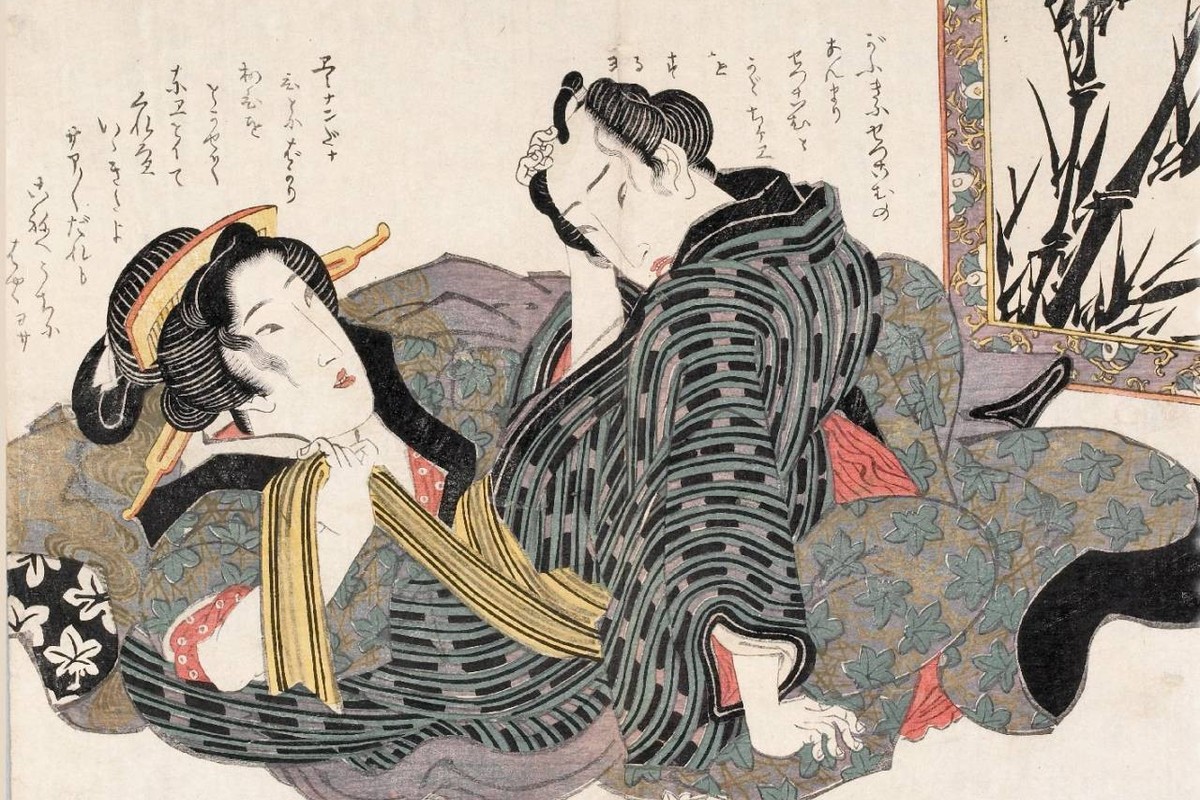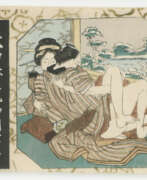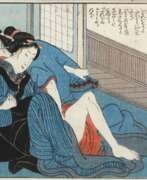Shunga

Shunga
Shunga (春画), a unique form of Japanese erotic art, has fascinated art collectors and connoisseurs for centuries. Originating in the 17th to 19th centuries, shunga art is most commonly found in ukiyo-e, a genre of woodblock prints and paintings. The term 'shunga', literally translating to 'picture of spring', is a euphemism for sex, reflecting its explicit content.
Shunga was not merely a depiction of sexuality but also a form of expression within the Edo period's societal framework. These works often contained humor and were sometimes used for educational purposes. Despite their explicit nature, shunga pieces were highly valued for their artistic quality, showcasing the skills of renowned ukiyo-e artists. Unlike the mainstream ukiyo-e, which depicted everyday life, shunga focused explicitly on sexual scenes, ranging from tender and intimate to the more imaginative and fantastical.
The rarity and historical significance of shunga have made it a subject of interest among art collectors. Its bold depiction of sexuality, combined with the exquisite craftsmanship of traditional Japanese woodblock printing, renders these pieces both culturally significant and artistically valuable. Museums and private collections across the globe treasure shunga for its contribution to the broader narrative of Japanese art and its influence on later artistic movements.
If you're an enthusiast of traditional Japanese art, particularly shunga, and are keen to explore more about its history, craftsmanship, and availability in the market, consider signing up for updates. We provide insights on new acquisitions, upcoming sales, and auctions related to shunga art. Our updates are tailored for art collectors and experts, ensuring you receive the most relevant and curated information.
| Country: | Asia, Japan |
|---|---|
| Start of the period: | 794 |
| End of the period: | XXI century |


